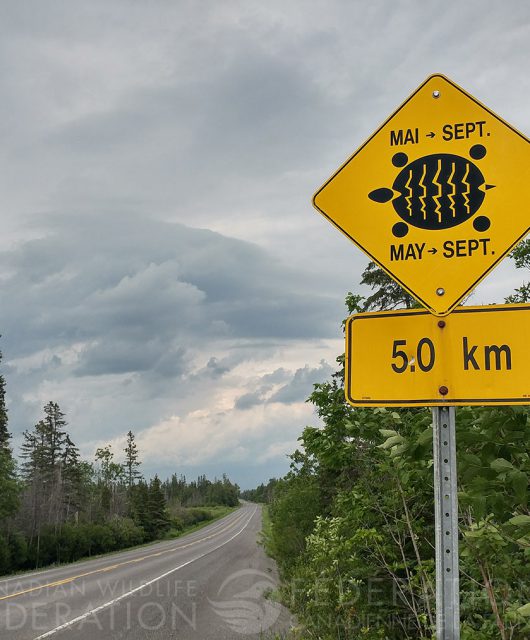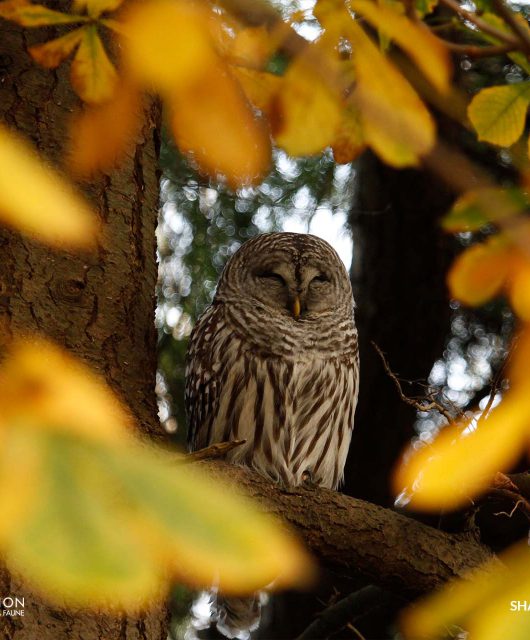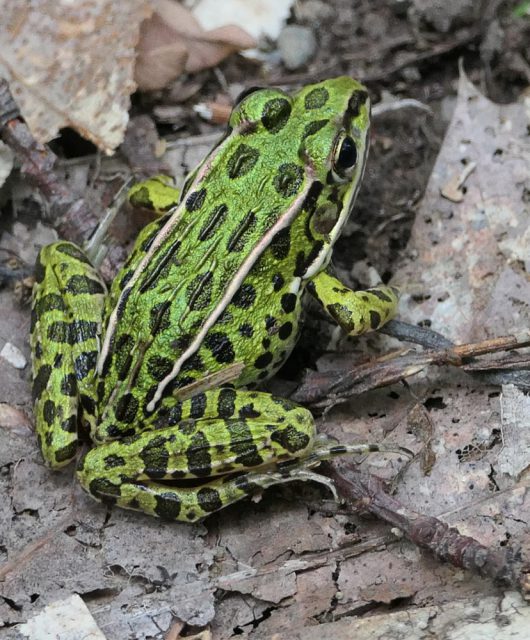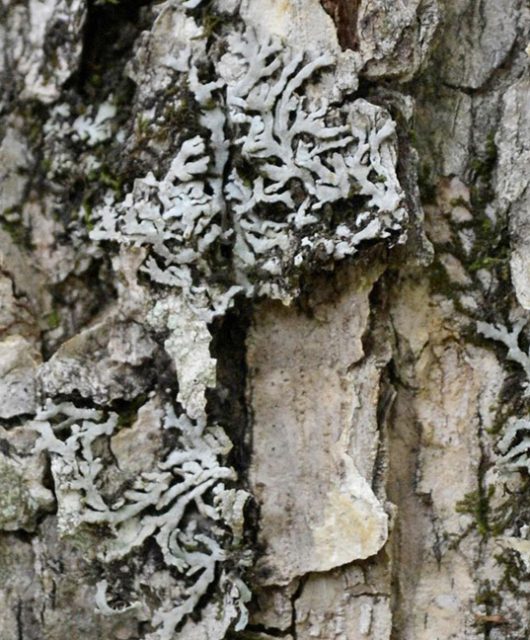Tri-national support for the Monarch Butterfly
As I write this, our CEO Sean Southey, two of my teammates and I are en-route home from a Summit at the University of Minnesota that brought three nations of people together to reconnect and energize our collective efforts to recover a micro, mighty species.
The collective efforts began in 1975 with a groundbreaking discovery by a team led by University of Toronto professors Drs. Fred and Nora Urquhart of one of the world’s most impressive natural history phenomenon – the migration of the Monarch Butterfly from its breeding range in Canada and the U.S. to its overwintering sites in the Oyamel Fir highlands of central Mexico. Once the discovery was made that individuals fly up to 4,000 kilometres to Mexico each fall, conservation efforts were galvanized across the three countries.
Scientists subsequently discovered many things about the Monarch. Notably, there is a super generation whose individuals emerge from their chrysalis in late summer. Rather than get to the busy work of mating and laying eggs, this generation pauses its reproductive efforts, flies to Mexico for the winter, mates at the end of the winter, then begins the journey north, laying eggs as it goes. It takes three to four generations to return to the breeding grounds in Canada. The western Monarch population, which occurs west of the Rocky Mountains, also follows a migratory pattern, overwintering on the California coast.
Monarchs At-risk
Although I wish that all I needed to report to you are fascinating scientific discoveries about the Monarch, many things have transpired since these early days and the reality is that Monarchs are now imperiled. Following a decline of more than 80 per cent of the eastern Monarch population and 99 per cent of the western Monarch population, the Mexican government listed the Monarch as a species of special protection in 2021, the Canadian government listed it as Endangered in 2023, and the United States has proposed listing it as a threatened species.
Illegal logging was the original and most acute factor in population decline a few decades ago. However, the Mexican government has done a stellar job curtailing illegal logging and non-governmental groups work closely with local communities within and near the reserves to ensure their livelihoods are considered and to pay for ecosystem services. Today the most pressing causes of decline include habitat loss on the breeding range, climate change and use of pesticides.
Conservation efforts have been laudable:
- In the mid-1980s and 2000, the establishment of protected Monarch reserves by Mexico and reduction of illegal logging of the Oyamel Fir forests.
- In 2008, the Commission for Environmental Cooperation, which was established with the signing of the North American Free Trade Agreement, convened an advisory group from Canada, the U.S. and Mexico and prepared the North American Monarch Conservation.
- In 2014, a tri-national agreement for the conservation of Monarch was signed by the Mexican, U.S. and Canadian governments. With this tri-party commitment came the establishment of a scientific committee, which meets annually to establish research and conservation priorities.
Monarch Meeting Momentum
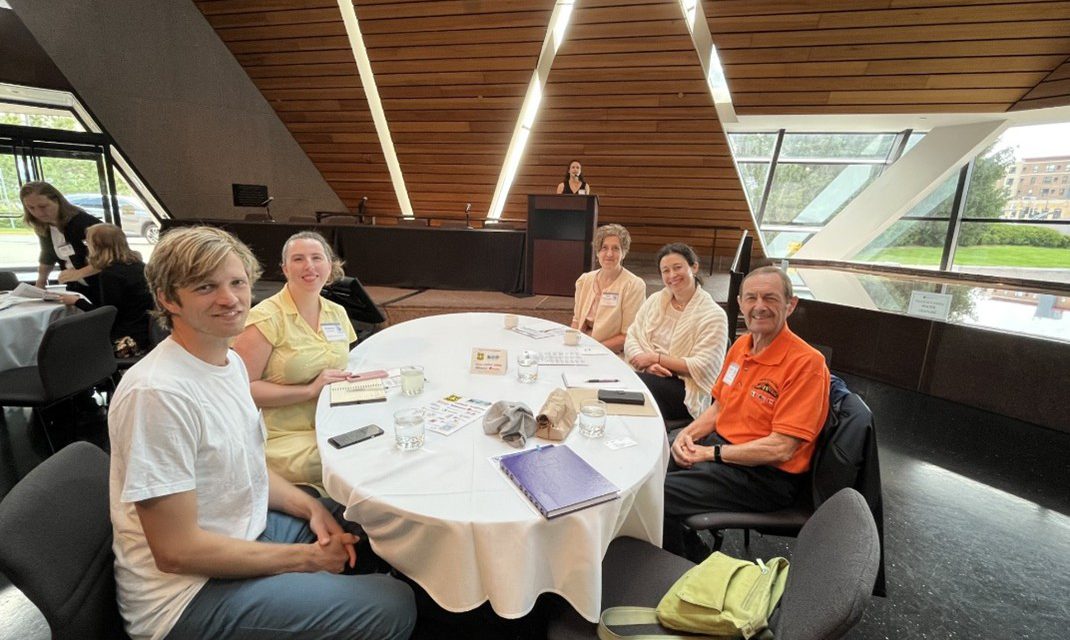
This year, the CEC and Monarch Joint Venture are convening a tri-national advisory group to update the 2008 North American Management Plan. The Canadian Wildlife Federation is part of this advisory group.
These were some topics of discussion for the management plan:
- The state of the Monarch population
- Priorities to protect, enhance and restore migratory and breeding habitat
- Maintaining science efforts, data accessibility
- Ensuring long-term financial investment in Monarch conservation
- Enhancement and protection is happening across the Monarch range
The Rights-of-Way as Habitat Working Group at the University of Illinois-Chicago led a U.S.-wide effort among the energy and transportation sectors to develop a Candidate Conservation Agreement with Assurances (CCAA) that encourages landowners and land managers to adopt measures to create net conservation benefits for the Monarch. The effort is unprecedented in terms of its cross-sector participation and geographic extent. The agreement spans the lower forty-eight states and has so far encompassed 1.2 million acres of habitat.
The 2025 North American Monarch Summit was co-organized by Monarch Joint Venture and the Rights of Way Habitat Working Group out of the University of Illinois, Chicago.
During the Summit, there were many excellent presentations on science and community science. Among these, Dr. Karen Oberhauser, who has been involved in Monarch research and community science monitoring projects for more than thirty years, led us through a summary of the monitoring efforts that go back to Fred Urquhart’s first project in 1950. Dr. Cuauhtémoc Sáenz-Romero, a professor at the Universidad Michoacana de San Nicolás de Hidalgo in Mexico presented his research on the loss of oyamel fir due to climate change-related drought and the efforts of his team to plant trees at a higher elevation in anticipation of Monarch migrating upward to escape impacts of drought and heat.
CWF was present and supporting the Summit by participating in panel discussions, giving scientific presentations, and convening discussions. We are returning home energized by the community of people who care about and work very hard for the conservation of this remarkable species.

